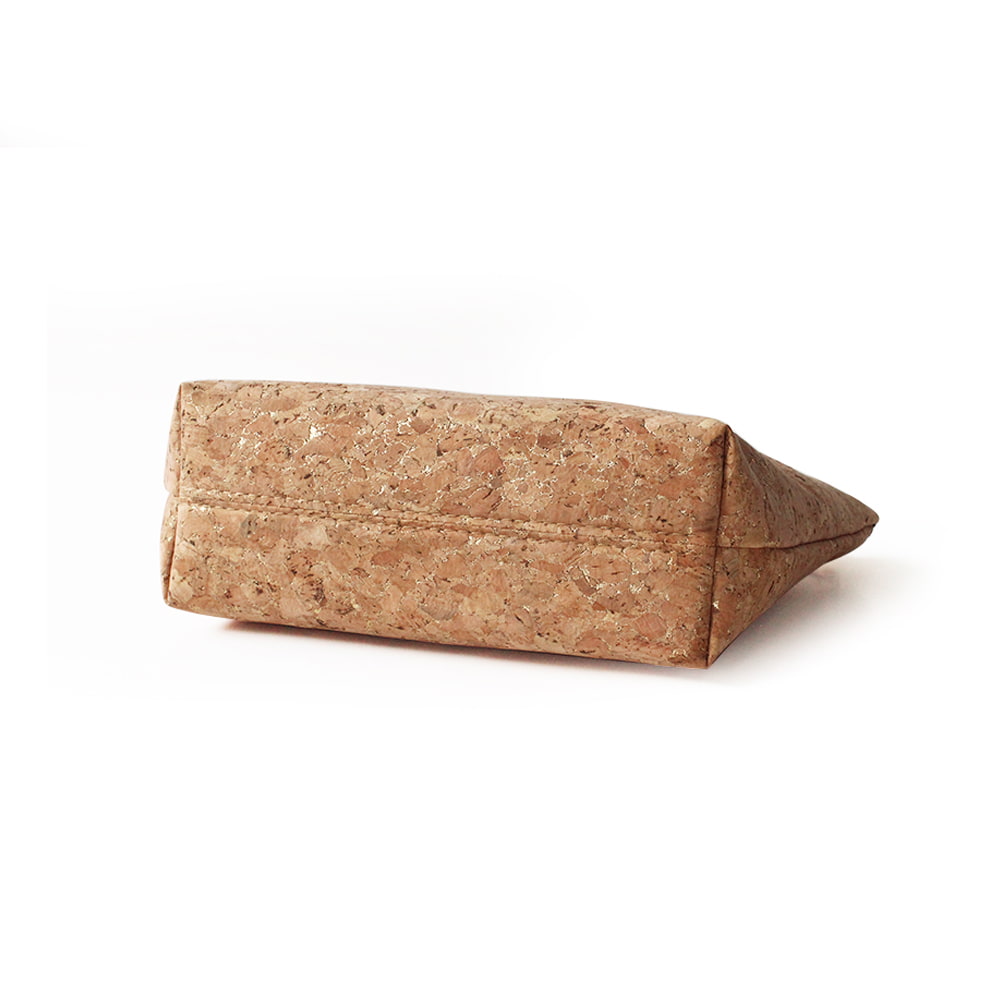Waterproof toiletry bags are widely used for organizing personal care items during travel, daily routines, or outdoor activities. They offer a practical way to keep belongings safe from spills, moisture, and external conditions, while also helping users stay organized. However, like products, these bags have both strengths and limitations that are worth considering. By looking at waterproof toiletry bags from three perspectives—material and construction, functionality and convenience, and practical limitations—we can better understand their value and appropriate uses.

Material and Construction
The perspective focuses on what gives waterproof toiletry bags their essential characteristic: the materials and construction techniques used to make them.
Water-resistant fabrics: Many waterproof toiletry bags are made from materials such as nylon, polyester with coatings, or PVC. These fabrics provide a protective barrier that prevents moisture from seeping inside. Some advanced bags use laminated layers for enhanced durability.
Sealed seams and closures: The effectiveness of waterproofing depends not only on fabric choice but also on construction. Heat-sealed or welded seams reduce the chances of water penetration. In addition, zippers are often designed with water-resistant coatings or covered flaps to minimize leakage.
Variety of finishes: Smooth finishes, such as glossy PVC, make cleaning easy after spills, while matte-coated fabrics offer a more understated look. The material finish also influences flexibility and overall style.
These construction details define how reliable a toiletry bag can be in protecting its contents. They balance practical protection with visual design, making them suitable for different situations ranging from outdoor trips to hotel stays.
Functionality and Convenience
Beyond construction, waterproof toiletry bags also stand out for their functionality and convenience. These aspects influence how well the bag serves its purpose in daily life.
Organizational compartments: Many bags include multiple sections, mesh dividers, or elastic loops for holding bottles and small items. This helps users separate liquids from solid products and keep everything in place during transport.
Portability options: Compact designs make waterproof toiletry bags easy to carry in suitcases or backpacks. Some models feature handles or hanging hooks, allowing them to be suspended in bathrooms or shower areas for accessibility.
Spill protection: Waterproof bags are particularly useful for containing accidental leaks. If a shampoo bottle opens during travel, the bag helps confine the spill, preventing it from spreading to clothing or luggage.
Ease of maintenance: Since the surfaces are often smooth or coated, cleaning usually requires just a quick wipe. This makes them practical for frequent travelers who want low-maintenance solutions.
Together, these functional features show why waterproof toiletry bags have become popular travel and lifestyle accessories. They not only offer protection but also improve organization and accessibility.
Practical Limitations
While waterproof toiletry bags provide clear benefits, they also come with certain limitations. Understanding these helps set realistic expectations.
Not always fully waterproof: Although marketed as “waterproof,” many bags are better described as water-resistant. Heavy or prolonged exposure to water, such as submersion, may still leakage. The degree of protection varies depending on materials and closure design.
Limited breathability: Waterproof fabrics are designed to block moisture, which also means they restrict airflow. If damp items are stored inside, they may not dry quickly. This could odors if items are left inside for long periods.
Weight and rigidity: Some waterproof materials, especially thicker PVC or laminated fabrics, can add weight or reduce flexibility. This may make the bag bulkier compared to fabric-only alternatives.
Design variety: While many stylish options exist, waterproof finishes sometimes limit the range of textures or patterns available. Certain coatings also show scratches or marks more easily over time.
The company covers an area of 1500 square meters and specializes in producing various types of makeup bags, jewelry bags, children's bags, and wash bags, with a monthly output of about 100000 bags.
 We Are Here
We Are HereAddress: 6th Floor, No. 2 Gantang West Road, Huanglinshan Industrial Zone, Yiting Town, Yiwu City, Jinhua City, Zhejiang Province, China
 Contact Us
Contact UsPhone: +86-13857970558

sales1@xibodan.com
sales2@xibodan.com
sales6@xibodan.com
If you have any requirements, please click on "contact" to leave a message.

 English
English русский
русский Español
Español